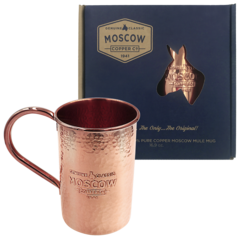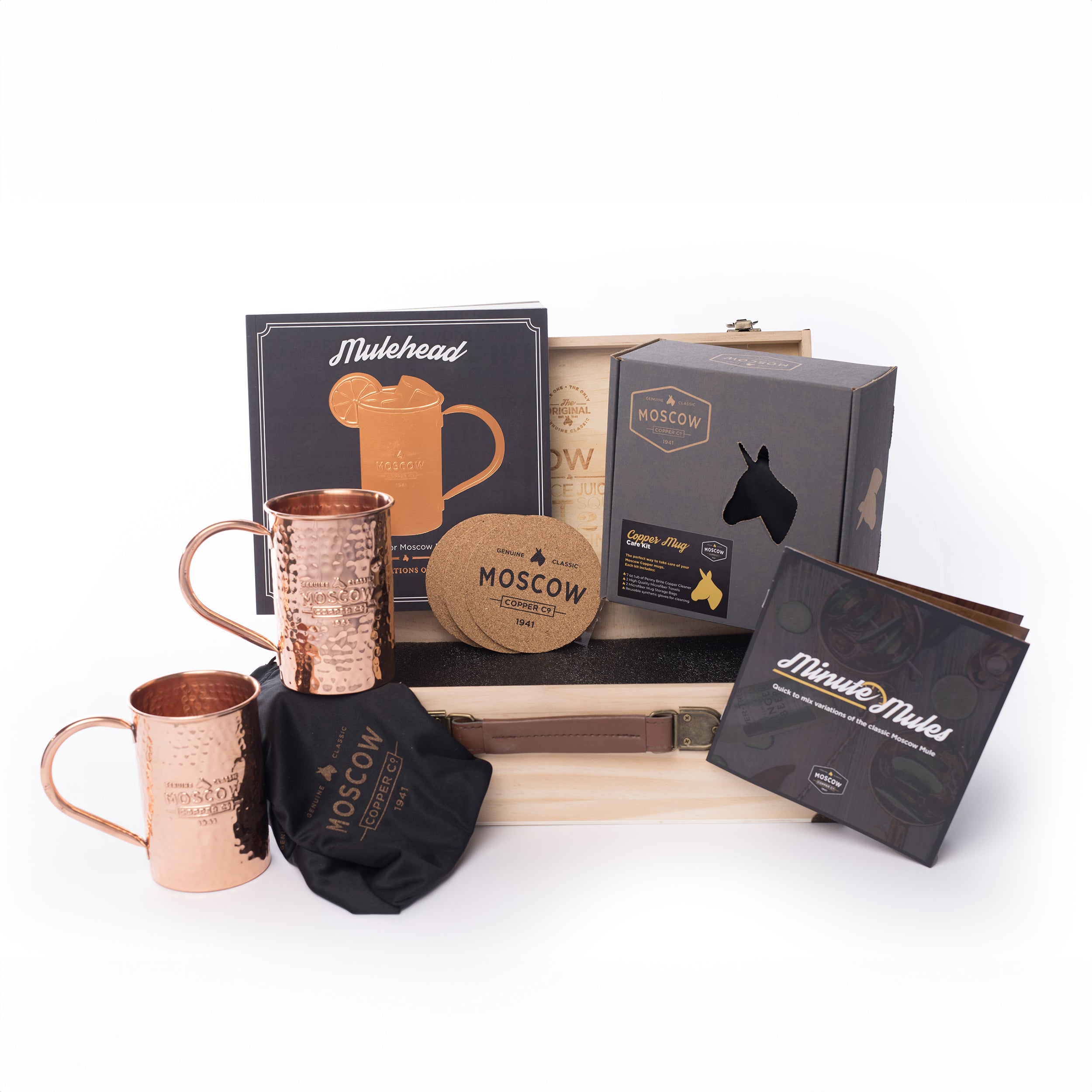Can You Put Ginger Ale in a Moscow Mule?
Though in recent years it has returned to its much deserved glory, there was a time when the Moscow Mule was a largely forgotten – and much abused – cocktail. A recipe that once had all the nuance and kick of a proper drink slowly faded from the minds of bartenders, and with the haze of time came the dreaded substitution, namely: ginger ale instead of ginger beer.
So, what exactly is the big deal when it comes to treating these two as drink doppelgangers? After all, today, we all know that ginger beer is what makes a Moscow Mule, but what exactly is it, and what separates them?

Ginger itself has long been used for it’s medicinal properties – most notably it was first used by the ancient Greeks for its calming effect on the stomach – but it wasn’t until Victorian England and the opening up of the global spice trade that ginger beer first made an appearance.
A Short History of Ginger Beer
In many ways ginger beer was a product of necessity: this was a time when most water was unsafe to drink, so the easiest way to create a potable product was to produce beer with a bacteria-killing level of alcohol. The thing was a lot of this beer didn’t taste especially good, so the addition of ginger to the brewing process aided in providing a mild, pleasant spiciness that increased palatability and caused the drink to take off.
Through to the late 1880’s, Ginger Beer was still truly a beer, brewed to a strength of between 2-11% abv. Since ginger itself was procured from far-off places at enormous expense, the locally produced product became commonly associated with exotic regions such as the Caribbean and Australia (a trend that persists to this day). A few opportunistic manufacturers would even mislabel their product to seize the highest market price as various regions laid claim to the title of the ‘finest’ ginger.
But as filtering and purification became more advanced and water became increasingly safe for the general public to drink, the consumption of beer morning, noon, and night ebbed and ginger beer became a much less ubiquitous – and not coincidentally largely non-alcoholic – product.
For a brief time, advocates in the temperance movement even seized on ginger beer as a possible bait-and-switch tactic to further their cause; using its historic reputation for alcohol content and name as a way to win the hearts of the booze-loving masses. Much to the dismay of these teetotalers, the only awareness that increased was for ginger beers appeal as a mixer in cocktails.
Enter Ginger Ale – What’s the Difference?
| Feature | Ginger Beer | Ginger Ale |
|---|---|---|
| Production Method | Traditionally brewed and fermented; historically alcoholic (2–11% ABV), now often non-alcoholic. | Carbonated water flavored with ginger syrup; not brewed. |
| Flavor Profile | Bold, spicy, and peppery ginger kick; more complex taste. | Sweet, mild, and smooth; more like a soft drink. |
| History | Originated in Victorian England; brewed for safe drinking water; tied to Caribbean and Australian trade. | Developed in early 1900s by Canadian John McLaughlin (Canada Dry); marketed as a health tonic. |
| Sweetness Level | Lower sweetness; balances spice with natural ginger flavor. | Higher sweetness; less spice-forward. |
| Best Use in a Moscow Mule | Ideal choice for a traditional Moscow Mule—adds spice, depth, and balance with vodka and lime. | Can be used as a substitute for a lighter, sweeter drink; less authentic flavor profile. |
| Mouthfeel & Carbonation | Rich body, sometimes cloudy; moderate to high carbonation. | Light body, clear; crisp carbonation like soda. |
As for ginger ale, around the turn of the century, a Canadian named John McLaughlin developed a sweeter, carbonated beverage he called ‘ginger ale’. Though this naming was clearly a way of seizing the public’s former craving for alcoholic ginger products, the fact was that his creation was about as far from its boozy brethren as could be.
This was the era when the soda fountain was king, and McLaughlin thought that through the addition of real ginger root, he could market his product to the masses as an all-healing tonic. Though his claims of ginger ale curing everything from depression to cancer eventually fell by the wayside, the drink because increasingly popular, and his Canada Dry brand continues to this day.
So unlike ginger beer – which is brewed – ginger ale was effectively carbonated water flavored with the addition of ginger syrups. As it rose the rising tide of soda consumption, ginger beers fell into the role of a much more artisan, imported product. Fewer and fewer bars and grocers stocked this much more peppery, complex beverage as America developed its soda sweet tooth.
So Can You Make a Moscow Mule with Ginger Ale?
Pro Tip: Stick with ginger beer for classic mules; ginger ale works when you want a milder, sweeter option.
Today, both beverages are seeing a resurgence, with ginger beer returning to its former alcoholic glory, and ginger ale escaping the generic ‘soda’ label through unique craft recipes and processes. So now that you know the history and difference of these drinks, go forth and find that new ginger ale or ginger beer that refreshes you the most.
Choosing the Best Option for Your Moscow Mule
While both ginger beer and ginger ale have their merits, if you want to create a classic, authentic Moscow Mule, ginger beer is the way to go. Its bold spice and rich depth transform the drink into a cocktail with character, rather than just a sweet soda mix.
For the best results, use a premium ginger beer from our Best Ginger Beers for Moscow Mules guide. Then, serve it ice-cold in an authentic copper mug to keep your drink chilled and your presentation on point.







